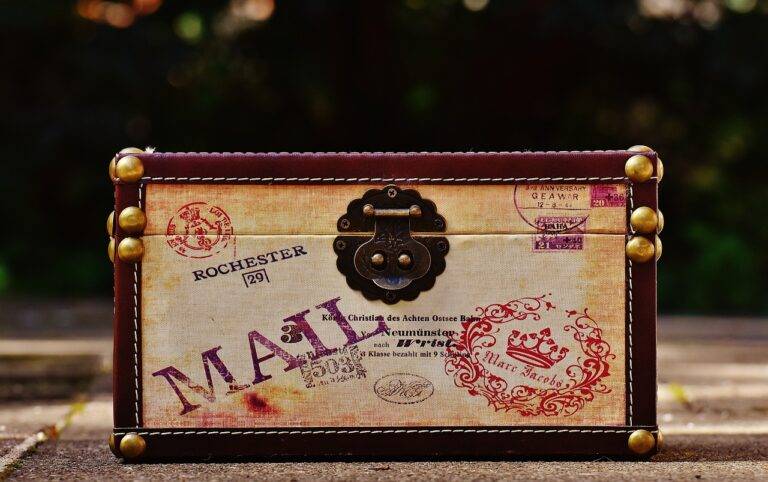Traveling for Japanese Tea Ceremonies: Delving into Zen Philosophy and Culture
The Japanese tea ceremony, known as “chanoyu” or “sado,” is a traditional practice that emphasizes mindfulness, respect, and tranquility. Rooted in Zen Buddhism, the ceremony is a harmonious combination of preparing and serving matcha, a finely ground green tea.
During a tea ceremony, every movement and gesture holds symbolic meaning, from the way the tea is whisked to the way it is presented to guests. This attention to detail reflects the Japanese aesthetic of “wabi-sabi,” finding beauty in imperfection and transience. The ceremony is not merely about drinking tea but about creating a moment of connection and calm in a fast-paced world.
The Origins of Japanese Tea Ceremonies
Japanese tea ceremonies have their roots in the 9th century when Buddhist monks introduced tea to Japan. The monks brought tea seeds from China and started cultivating them, incorporating tea into their religious practices. Over time, tea drinking in Japan evolved into a formalized ritual, emphasizing harmony, respect, purity, and tranquility.
During the 12th century, a Japanese monk named Eisai further popularized the consumption of tea by highlighting its medicinal properties. Eisai underscored the health benefits of tea, which led to an increased interest in tea drinking among the Japanese elite. As a result, tea ceremonies began to adopt a more intricate and refined structure, eventually becoming a cornerstone of Japanese culture and social interactions.
The Significance of Tea in Japanese Culture
The Japanese tea ceremony holds a deep significance in Japanese culture, embodying principles of harmony, respect, purity, and tranquility. Known as “chanoyu” or “sado,” the ceremony goes beyond the simple act of preparing and drinking tea; it is a form of art, a spiritual practice, and a way of life that aims to bring people together and promote mindfulness.
Tea in Japanese culture symbolizes hospitality and connection, as it is often used to welcome guests and foster relationships. The act of serving tea is a gesture of kindness and respect, reflecting the Japanese value of putting others before oneself. Additionally, the ritualistic nature of the tea ceremony encourages mindfulness and presence in the moment, offering participants a sense of inner peace and connection to the beauty of nature.
• The Japanese tea ceremony embodies principles of harmony, respect, purity, and tranquility
• Known as “chanoyu” or “sado,” it goes beyond preparing and drinking tea
• It is considered a form of art, spiritual practice, and a way of life aiming to bring people together
Tea in Japanese culture symbolizes hospitality and connection
The act of serving tea reflects kindness and respect towards guests
It fosters relationships by putting others before oneself
The ritualistic nature encourages mindfulness and presence in the moment
What is a Japanese tea ceremony?
A Japanese tea ceremony, also known as Chanoyu or Chado, is a traditional ritualistic practice of preparing and serving matcha, a powdered green tea, in a ceremonial manner.
When did Japanese tea ceremonies originate?
Japanese tea ceremonies originated in the 9th century when tea was introduced to Japan from China.
What is the significance of tea in Japanese culture?
Tea holds a special place in Japanese culture as it is seen as a symbol of hospitality, respect, and harmony. It is also a way to connect with nature and find inner peace.
How long does a typical Japanese tea ceremony last?
A traditional Japanese tea ceremony can last anywhere from one to four hours, depending on the specific rituals and practices involved.
Are there different styles of Japanese tea ceremonies?
Yes, there are various styles of Japanese tea ceremonies, each with its own unique practices and traditions. Some popular styles include Omotesenke, Urasenke, and Mushakojisenke.





